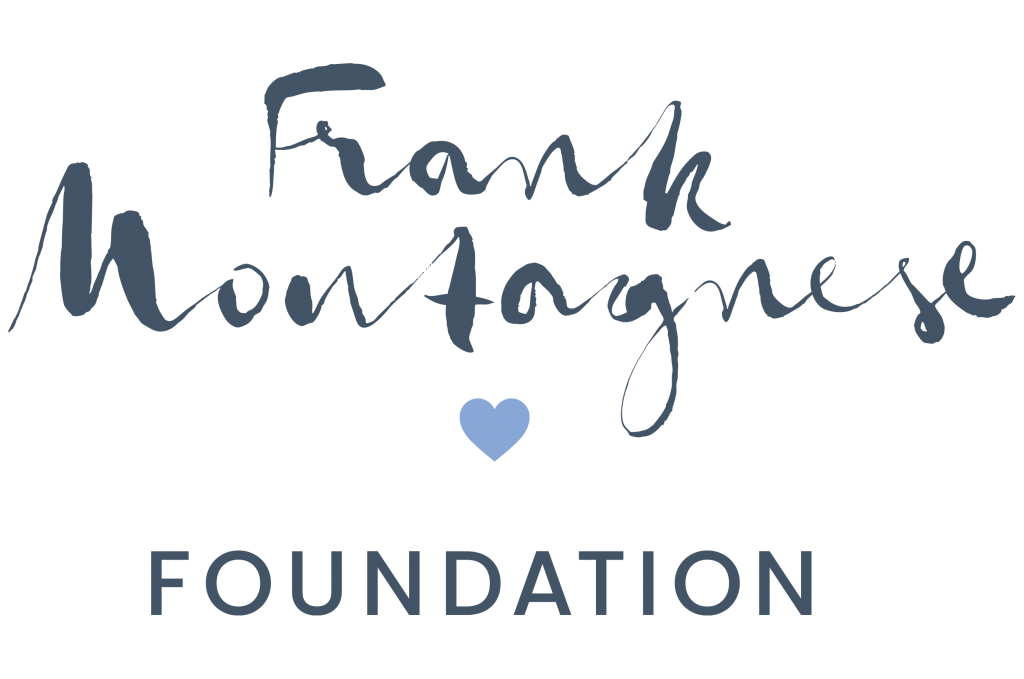Money alone never mends a broken community or lifts a family out of hardship. It is the way that money is channelled, guided by empathy, rigour and ongoing partnership, that makes the difference. At the Frank Montagnese Foundation (FMF), we have built a hands-on model that ensures every dollar we give travels the full distance from grant approval to real-world change. Here is a behind-the-scenes look at how we do it, told through four recent projects.
Step 1: Listening first, not lecturing
Before we crunch numbers or draft agreements, we sit with the people doing the frontline work. Whether that is a rural CFA captain, a paediatric nurse or a social-enterprise founder, we ask two simple questions:
- What is the biggest hurdle standing in your way right now?
- If that hurdle vanished tomorrow, what difference would people on the ground actually feel?
This conversation sets the compass for every decision that follows.
Step 2: Due diligence with a human lens
We vet potential partners against five core criteria:
- Clear, measurable impact – Can they show how many lives will improve and how quickly?
- Transparent governance – Do they publish financials and outcomes?
- Community ripple effect – Will the project spark broader change beyond the immediate beneficiaries?
- Values fit – Trust, courage and respect must run both ways.
- Gap-filling potential – Are they tackling a need government funding has missed?
A cause that scores highly on these fronts moves to the funding stage, but the relationship does not stop there.
Step 3: Tailored funding agreements
We do not issue blank cheques. Each grant includes:
- Milestone targets tied to practical outcomes (for example “install 10 hose-drying racks by June”)
- Budget transparency clauses requiring line-item reporting
- Support in kind such as introductions to other philanthropists or help with communications, so recipients are not left to figure it out alone
Step 4: Walking the journey together
Once the project kicks off, we keep in close contact. Some partners send monthly field notes, while others invite us to site visits. The aim is twofold:
- Prompt troubleshooting – We can redirect funds or expertise if conditions change.
- Shared storytelling – Real-time updates help us show donors exactly where their support is landing.
Step 5: Measuring, learning, amplifying
Six to twelve months after completion, we commission a plain-English impact review. Successes are celebrated, shortcomings are analysed and lessons inform our next funding round. Our goal is constant improvement with zero complacency.
Case studies in action
1. St Kilda Mums: Safe sleep for Victoria’s most vulnerable infants
The challenge: Families fleeing domestic violence often arrive with nothing more than the clothes on their backs. St Kilda Mums needed an urgent stock of baby cots and heaters ahead of winter.
FMF response: A targeted grant funded 40 brand-new cots, safety-checked mattresses and linen, plus portable heaters to keep makeshift accommodation warm.
Outcome: Within three weeks, every cot was in a family home. Case workers reported sharp drops in respiratory issues and better sleep patterns for babies and parents compared with previous winters.
2. CFA Plenty and Harcourt: Faster turnaround in bushfire season
The challenge: After the 2020 fires, volunteers were losing hours waiting for heavy hoses to dry, delaying truck redeployment.
FMF response: We funded the design and installation of custom hose-drying racks for each brigade.
Outcome: Turnaround time between call-outs fell from overnight to under two hours, boosting readiness and morale as the next fire season loomed.
3. Lung-Cancer Research Fellowship: Dr Paul Mitchell’s early-diagnosis breakthrough
The challenge: Lung cancer remains Australia’s deadliest cancer largely because it is caught too late.
FMF response: We backed Dr Mitchell’s 12-month fellowship to refine a blood-test biomarker capable of flagging early-stage tumours.
Outcome: His pilot study achieved 87 per cent accuracy in initial trials and has since attracted federal co-funding for larger clinical validation, proof that seed funding can spark nationwide change.
Why this model matters
When donors ask where their money goes, we can point to a child sleeping safely, a truck rolling out quicker, a lab result edging closer to a life-saving test, or a young person finding belonging on the pitch. More importantly, we can show how that outcome was achieved: through shared goals, clear milestones and relentless follow-up.
Looking ahead
FMF will continue refining our approach, but our north star stays steady: empower grassroots experts, hold ourselves accountable and build ecosystems that thrive long after the initial grant is spent. Genuine philanthropy is not about writing cheques; it is about rewriting futures.
Interested in partnering with FMF or learning more about our impact reviews? Reach out to our team and let us make the next chapter of change together.




